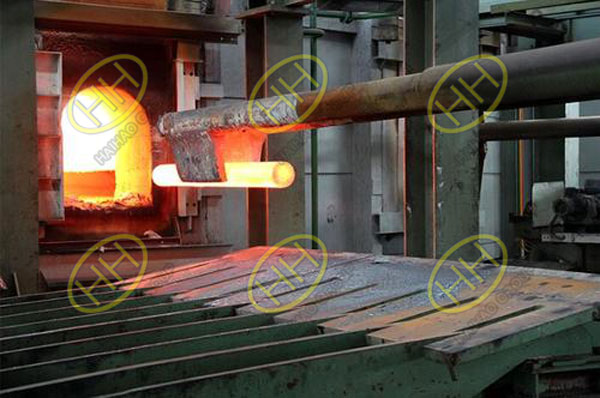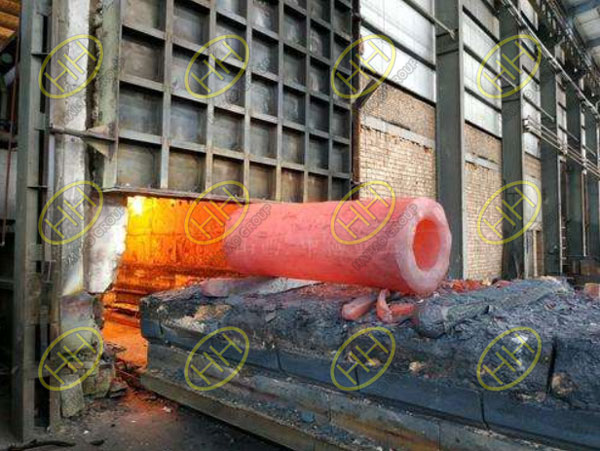Four basic methods of heat treatment
Heat treatment is a very important process in the production of pipe fittings. They can remove the stress of the pipe fittings or improve their hardness. For the pipe fittings, there are many kinds of material and they can be used all kinds of enviroment. For different material and function, they needs different material.
The following is four basic methods of heat treatment:
1.Annealing.
Annealing is a metal heat treatment process that the workpiece is heated to an appropriate temperature, kept for a certain period of time, and finally cooled slowly. The purpose is to make the internal structure of the metal reach or close to the equilibrium state, and obtain good process performance and service performance. In addition, annealing is often used as the pretreatment of quenching.
1.1 Complete annealing and isothermal annealing
This kind of annealing is mainly used for casting, forging and hot rolling of various carbon steels and alloy steels with hypoeutectoid composition, and sometimes for welding structures. It is usually used as the final heat treatment of some unimportant workpieces or as the pre heat treatment of some workpieces.
1.2. Spheroidizing annealing
Spheroidizing annealing is mainly used for hypereutectoid carbon steel and alloy tool steel (such as cutting tools, measuring tools and dies). Its main purpose is to reduce the hardness, improve the machinability, and prepare for later quenching.
1.3. Stress relief annealing
Stress relief annealing is also called low temperature annealing (or high temperature tempering). This kind of annealing is mainly used to eliminate the residual stress of castings, forgings, weldments, hot rolled parts, cold drawn parts, etc. If these stresses are not eliminated, deformation or cracks will occur in the steel parts after a certain period of time or in the subsequent cutting process.
2.Normalize.
Normalizing is to heat the workpiece to a suitable temperature and then cool it in the air. The effect of normalizing is similar to that of annealing, except that the microstructure is finer. It is often used to improve the cutting performance of materials, and sometimes it is used as the final heat treatment for some parts with low requirements.
3.Quenching.
Quenching is to heat the workpiece and cool it quickly in water, oil or other inorganic salt, organic water solution and other quenching media. After quenching, the steel becomes hard but brittle at the same time. The main purpose of quenching is to improve the hardness of steel.
4.Tempering.
In order to reduce the brittleness of quenched steel parts, the quenched steel parts are kept at a suitable temperature higher than room temperature but lower than 710 ℃ for a long time, and then cooled. This process is called tempering.
Annealing, normalizing, quenching and tempering are the “four kinds of fire” in the whole heat treatment, in which quenching and tempering are closely related and often used together. Generally, the cooling rate of annealing is the slowest, that of normalizing is faster, and that of quenching is faster.
With the different heating temperature and cooling method, the “four fires” have evolved into different heat treatment processes. In order to obtain a certain strength and toughness, quenching and tempering process is called quenching and tempering. After some alloys are quenched to form supersaturated solid solution, they are kept at room temperature or slightly higher appropriate temperature for a long time to improve the hardness, strength or electrical magnetism of the alloys. Such a heat treatment process is called aging treatment. The method of combining the deformation and heat treatment effectively and closely to make the workpiece have good strength and toughness is called thermomechanical treatment.


